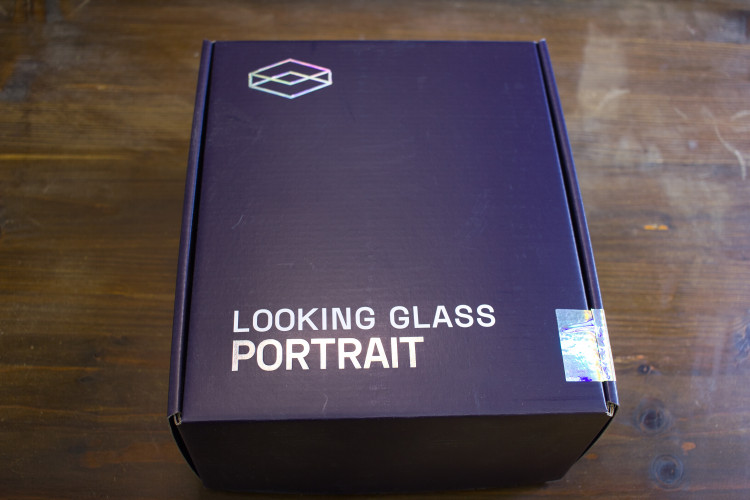
Looking Glass Portrait - Holographic Display First Thoughts
You can most definitely count me to the category of an early adopter or innovator for all kinds of tech thingies, if you are familiar with the diffusion of innovation theory. As such I’m frequently browsing through Kickstarter, since the crowdfunding peak of 2012ish. Some of the projects that I spend my money on brought me a lot of fun, like “RimWorld”, some like “Project Godus” or “C.H.I.P”, didn’t end so well and some like “Star Citizen” are endless projects.
What all of those have in common is that I was willing to invest some of my money into a project, or idea I believed in. One of such a things is the Looking Glass Portrait, which is a neat little affordable Holographic Display. Which I received this week yeah 🥳
I heard about the company behind the Looking Glass already a few years prior, when they showed of their first iteration of larger Holographic displays, mostly for medicine applications and usage in museums. As I worked on some museum projects in the past (and even voluntary worked in some during my childhood), it grabbed my attention immediately. Its such a cool idea to present digital assets, as it gives them an additional layer of depth and is (at least for the time being) so unique & uncommon that it automatically evokes some additional attention. Sadly we had no particular client with an active use for this and the price was a bit too steep to convince my boss in buying one for the sake of it 😅
However, when they announced the Looking Glass Portrait via Kickstarter I didn’t need to think for long to grab an early bird tier to finally play around with it myself. Its a bit more miniature and I’m not quite the person to place picture frames in his house. But I thought it be nice to play around with the technology involved and see where that knowledge might come in handy at one point.
I came well packaged and everything looks well manufactured and thought through. You can fixate a small magnet stand with two screws at the bottom. The buttons are touch sensitive with a nice glow and everything comes with the appropriate cables and regional adapters. I came well packaged and everything looks well manufactured and thought through. A few more pixels would certainly not have tempered the experience, but overall the holographic effect is really impressive. Considering the price it seems well worth its value.
It reminds me a bit of the experience you got with the first HTC Vive. You can see that its the first of its kind and that there are definitely things that could be improved down the line. Although I don’t think these kind of displays will go into the masses in a similar manner that VR does now. I’m really curious where it will develop further if I compare the first VR headsets with current ones like the Valve Index.
Sadly I’m a bit too busy right now to really use it, but I have already some ideas of things to play around with so don’t forget to follow along. It should play together pretty well with my OAK D 😉














